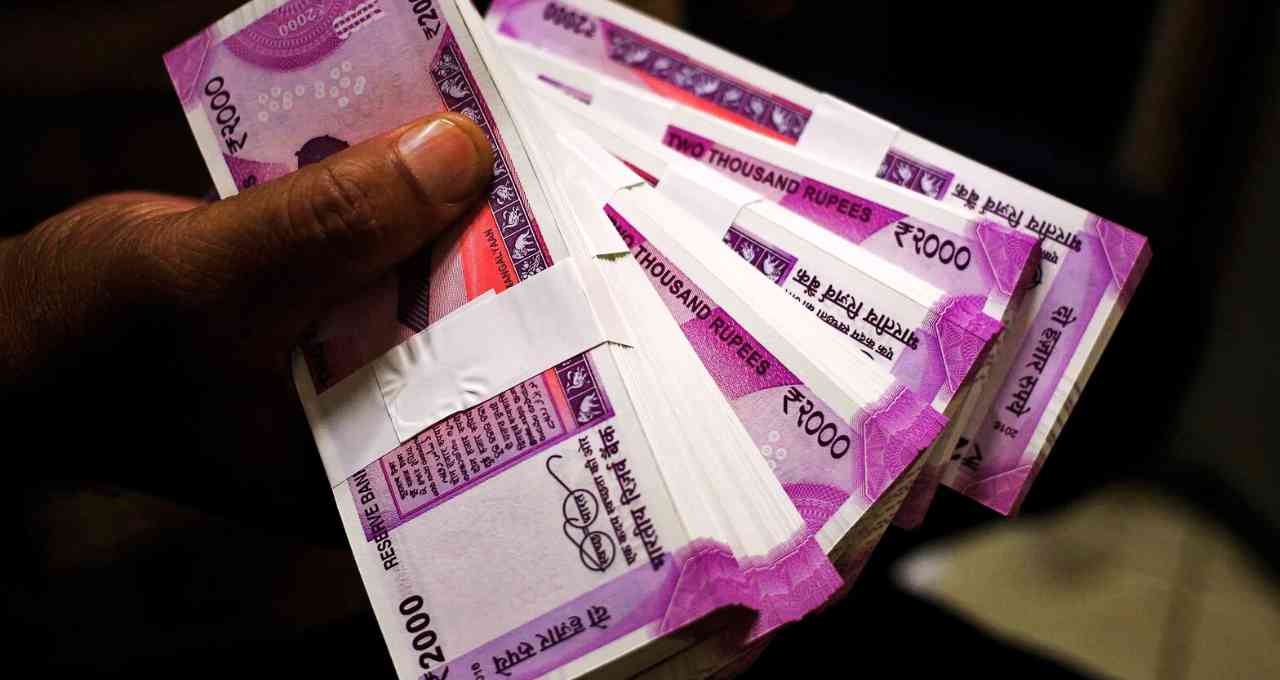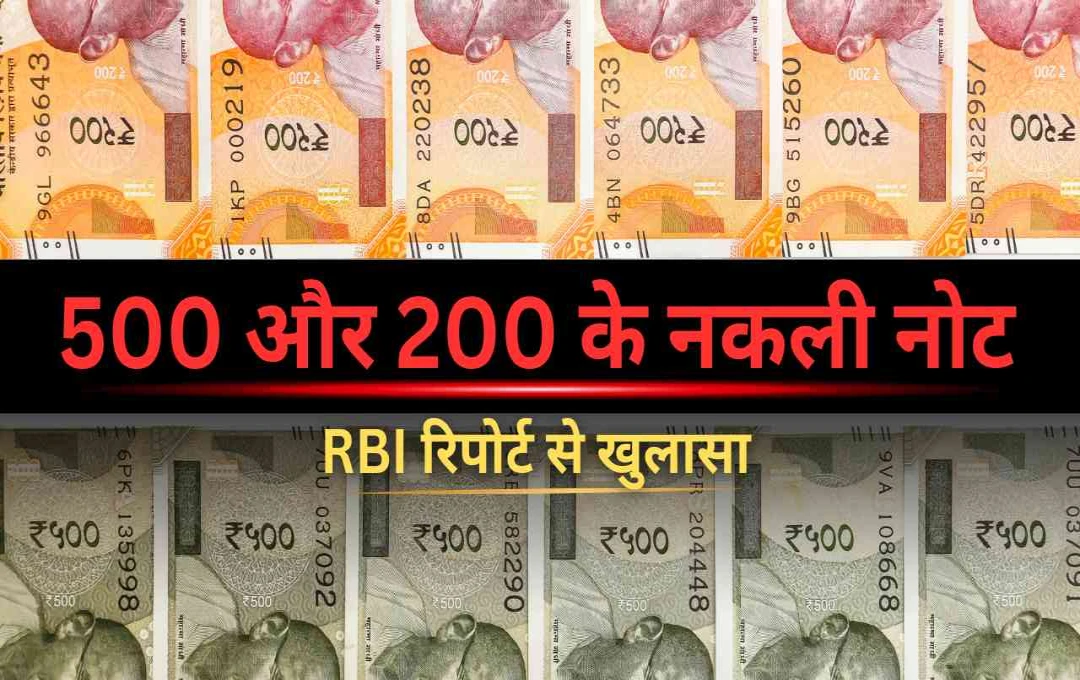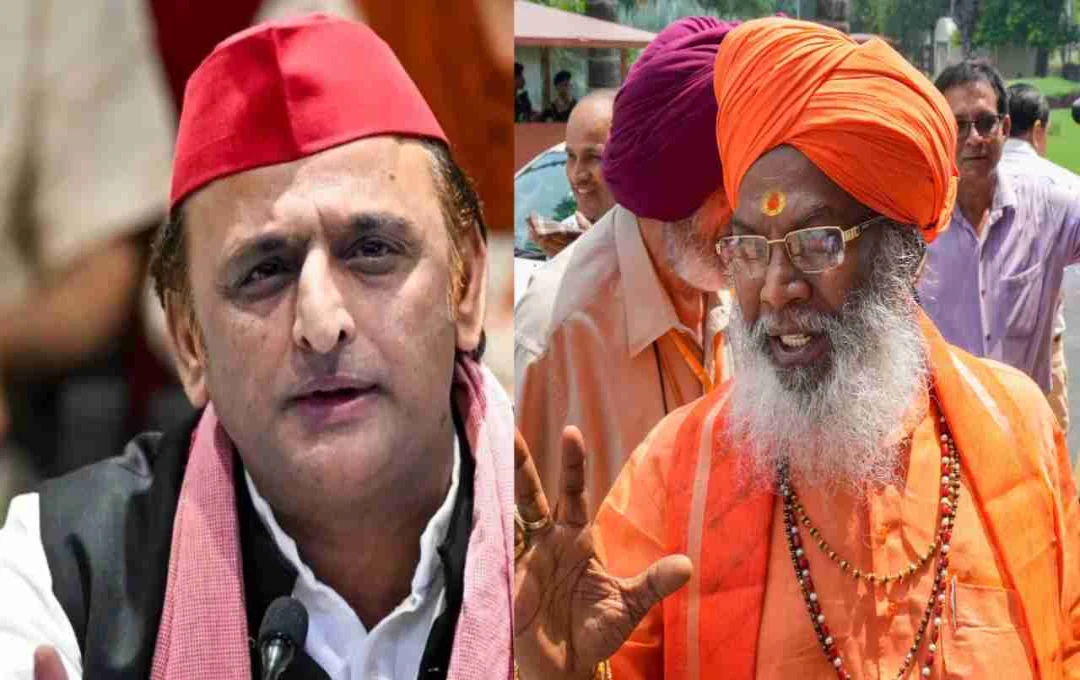The threat of counterfeit currency is rapidly escalating across India, potentially impacting the general public's finances. A significant increase has been observed, particularly in the number of fake ₹500 and ₹200 notes. The Reserve Bank of India (RBI) recently expressed concern regarding this growing menace in its latest report.
Sharp Increase in Counterfeit ₹500 and ₹200 Notes
According to the RBI's 2024-25 Annual Report, the number of counterfeit ₹500 notes surged by 37.35% to 117,722, the highest in the last six years. Similarly, the number of fake ₹200 notes rose by 13.9% to 32,600. These figures indicate a rapidly spreading network of counterfeit currency, necessitating increased vigilance among citizens.
Significant Drop in Counterfeit ₹2000 Notes

The report also noted a substantial 86.5% decrease in the number of counterfeit ₹2000 notes. While 26,035 fake notes were detected in fiscal year 2024, this number plummeted to 3,508 in fiscal year 2025. This decline is attributed to the demonetization of the ₹2000 note on May 19, 2023.
₹500 Note Remains Dominant
The ₹500 note continues to be the most prevalent currency in India, holding an 86% share by value and 40.9% by volume. The ₹10 note follows in second place with a 16.4% share.
How to Avoid Counterfeit Notes?
To avoid counterfeit notes, consider the following:
- Watermark: Genuine notes feature a watermark of Mahatma Gandhi's portrait.
- Security Thread: Authentic notes incorporate a thin silver line that shimmers in light.
- Color-Changing Ink: The ink changes color when the note is tilted.
- Intaglio Printing: Genuine notes have slightly raised printing.
Growing Reliance on Digital Transactions
The RBI report also highlights that despite the increasing problem of counterfeit currency, the adoption of digital payments in India is rapidly expanding. People are increasingly opting for online payment methods, which contributes to mitigating the issue of counterfeit notes.















